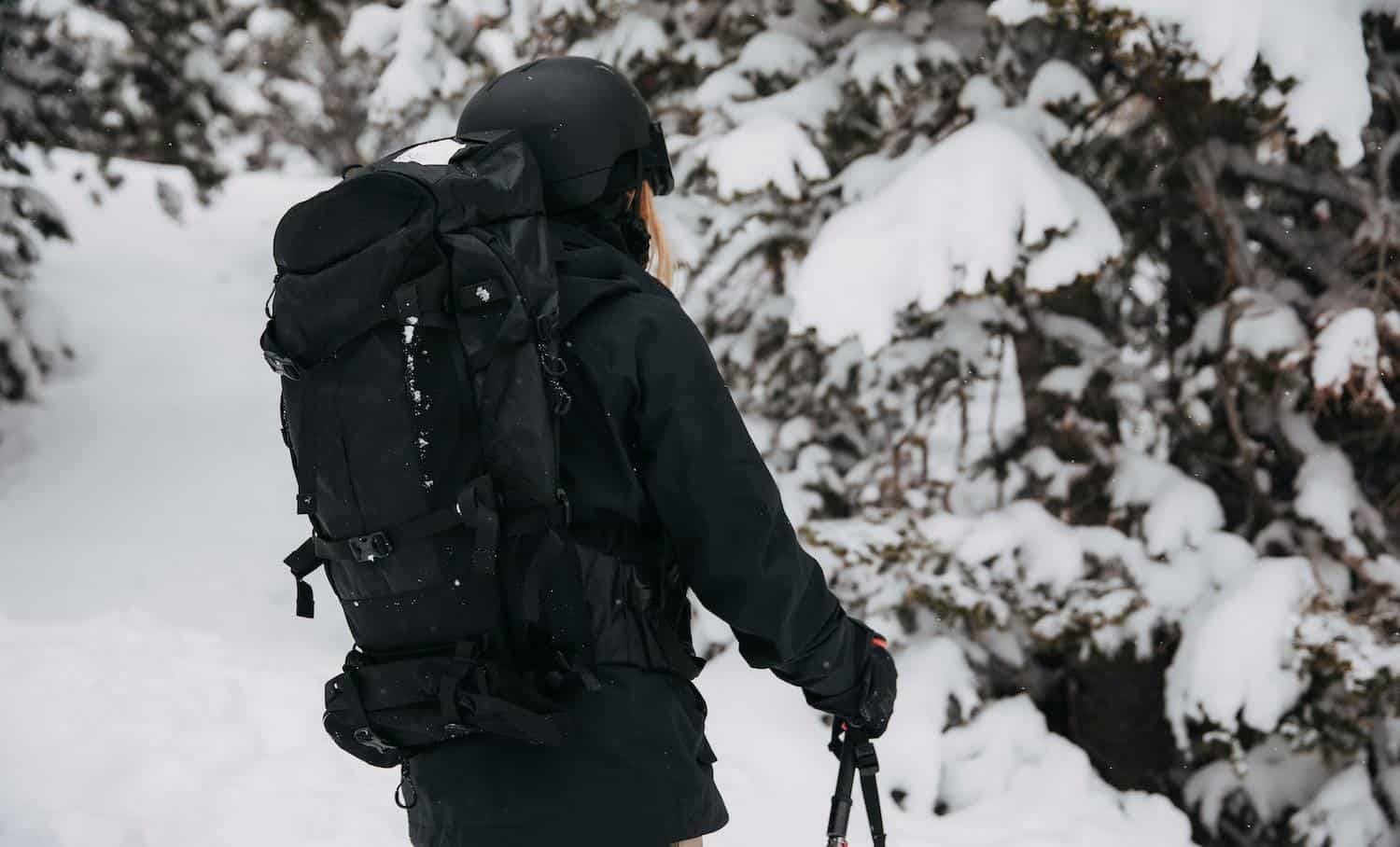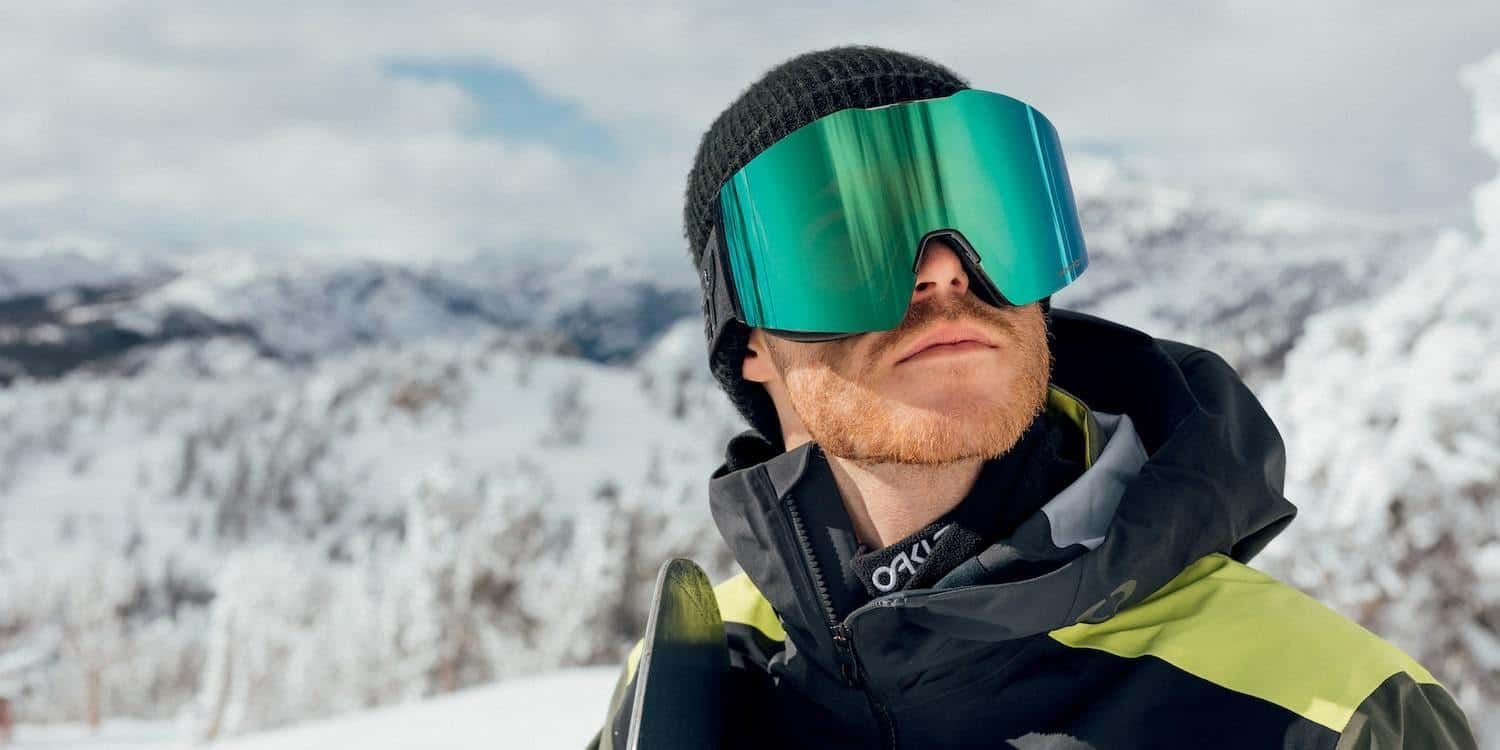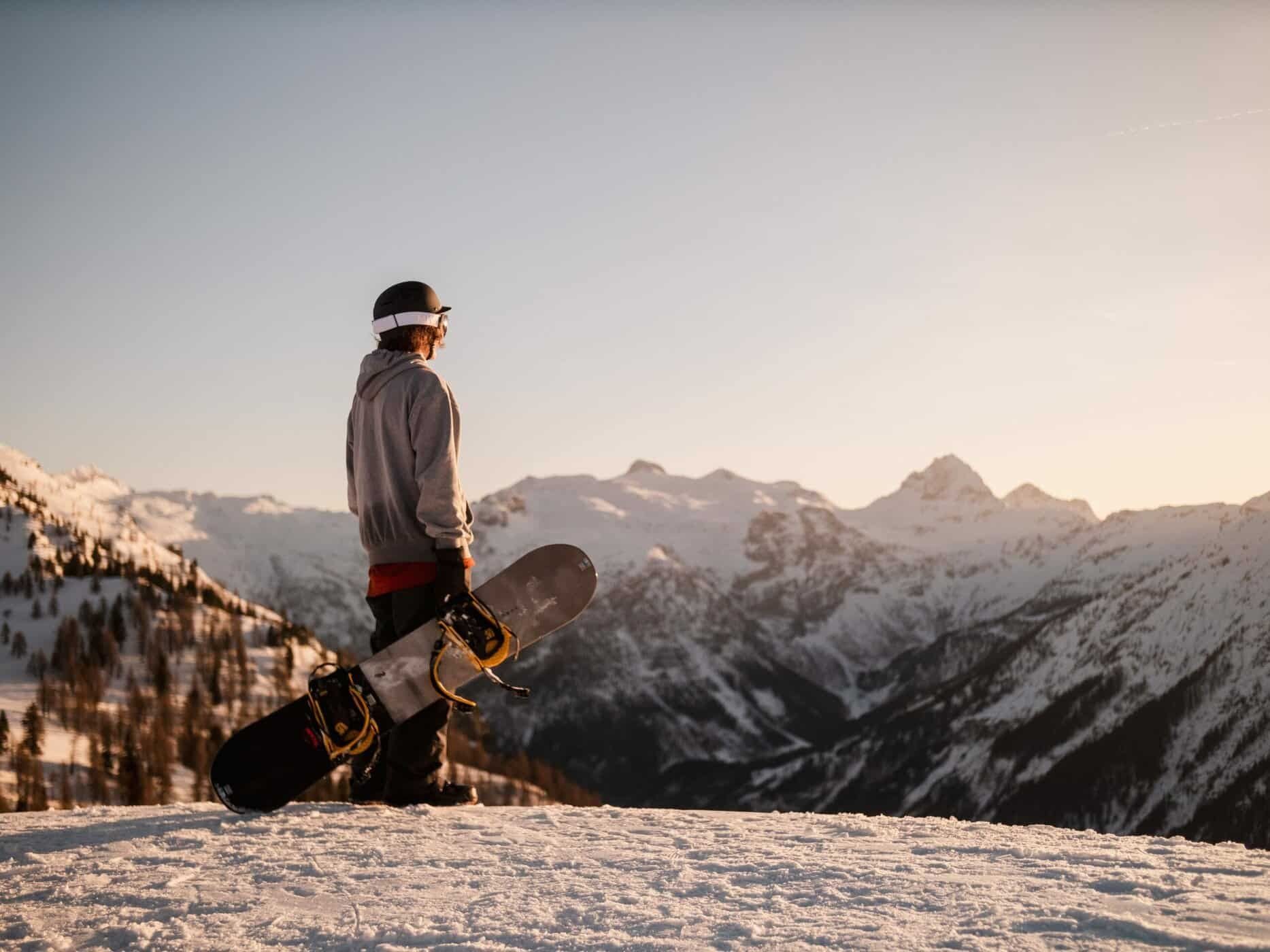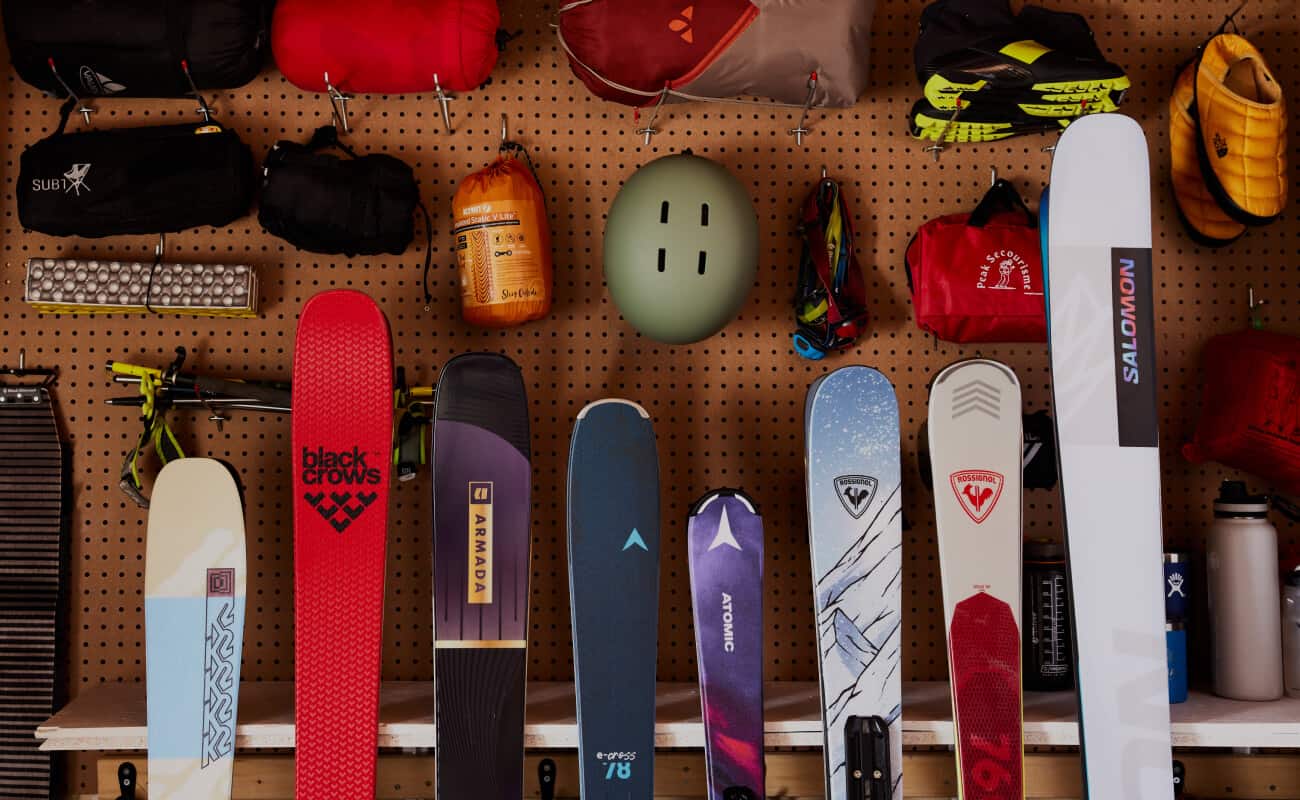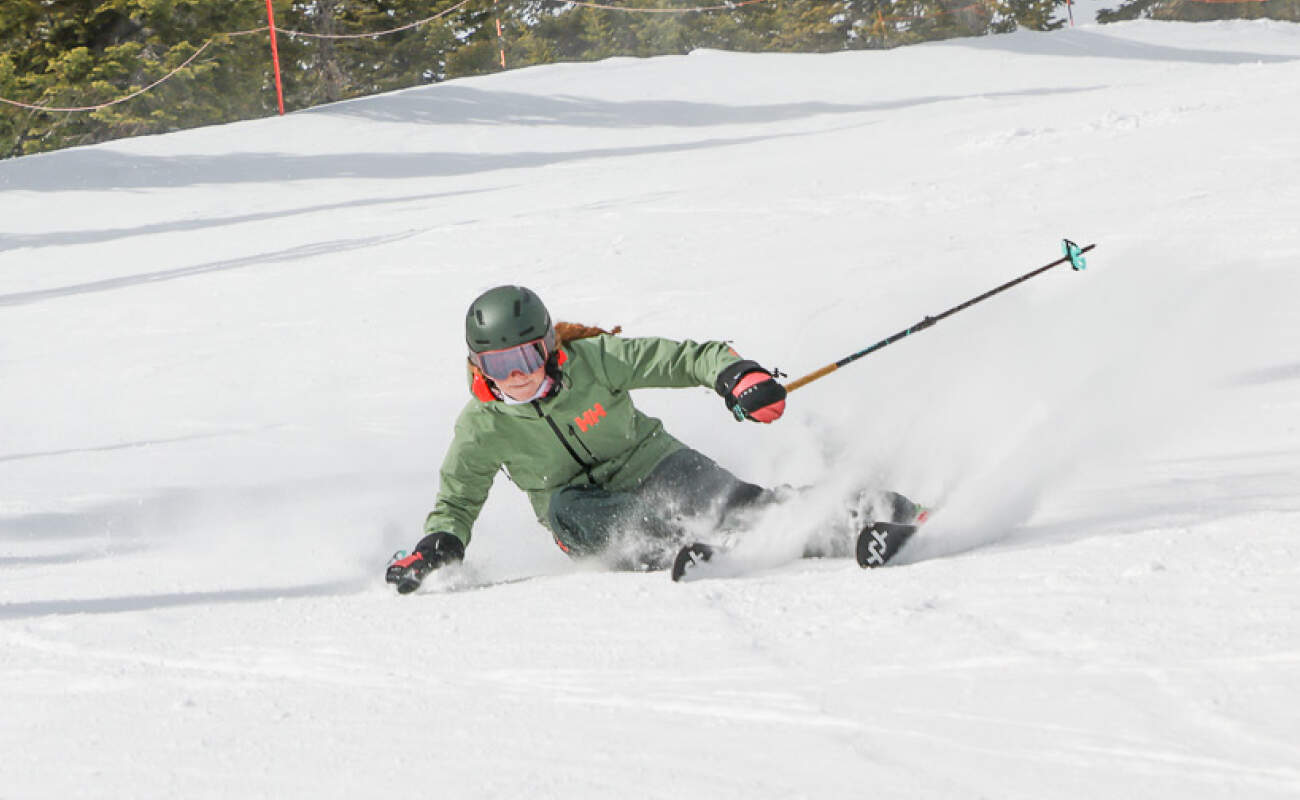Snowboarders young and old, novice and expert, here is the article you’ve been waiting for: the secrets to mounting the bindings on your new snowboard!
Following these few easy steps will make this process successful:
1. Preparing for the installation
Gather all the parts and pieces of equipment you’ll need, and put on your favourite playlist. Setting up your bindings is a fun way to spend time with your snowboard.
You will need
- The discs or screw inserts (what holds your binding to your board), depending on your binding setup system
- The right number of screws supplied with your bindings
- A tape measure
- The right screwdriver
- Your snowboard boots
Type of setup systems
The 2X4, 4X4 and Burton 3D insert systems are screw systems, where you position the disc of the base of the binding in front of the right screw inserts. A rail system, on the other hand, is a system where you slide two screw inserts into the rail and then screw the two screws located on the side of the bindings into the rail, like Burton’s Channel system. Burton’s site has some videos on how to install your bindings according to the type of installation system.
The snowboard will necessarily have one or the other of these two systems: the rail is placed in the middle of the board along its length and the screw inserts are placed centrally in the middle of the board as well. Both systems allow you to install the bindings and adjust their positioning in width to match the rider’s position (wider or narrower depending on preference).
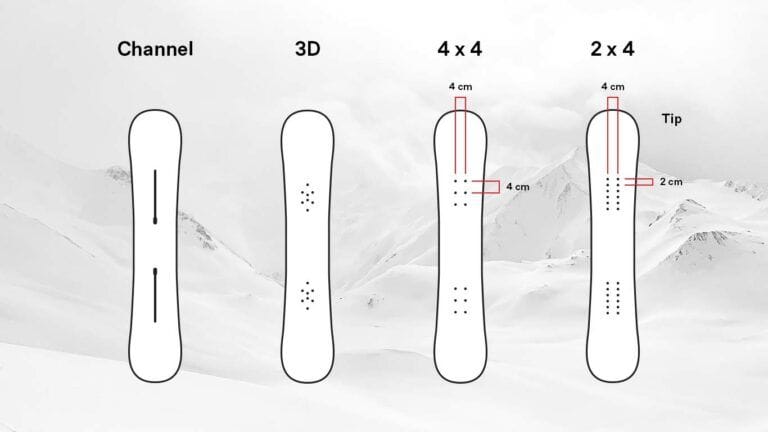
2. HOW TO INSTALL YOUR SNOWBOARD BINDINGS?
Set up on a work surface that is high enough so that you can measure and bend down easily if necessary.
Position the bindings on the board (more details for the right positioning here).
For a disc system, align the 3 or 4 disc holes (depending on the fixing system and the discs supplied) with the disc inserts; for a rail system, simply align the 2 screw inserts in the space on the side of the 2 fixings.)
Screw to secure the fixings in the desired position on the board.
3. HOW TO POSITION YOUR BINDINGS
There are three important settings to remember when positioning your bindings on your snowboard: according to the front foot, centred in relation to the width of the board, and the distance between the bindings and the angles of the bindings on the board.
1) Regular or goofy?
The first important thing to remember! Are you going downhill with your right leg in front or your left leg?
- Is your answer left? Then you are a regular rider.
Set the left binding towards the tip of the board and the right binding towards the tail. - Is the answer right? Then you are a goofy rider.
Install the right binding towards the tip of the board and the left binding towards the tail. - Don’t know the answer yet?
We recommend beginner riders use a twin snowboard (i.e. a board that can go down on both sides without problem). This way, with the right settings, the rider can easily experiment with alternating between forward leg. Simply place the bindings with a centred spread on the board and with identical angles.
2) Bindings centred in relation to the width of the board
Next, place the boot in the binding, then close the straps for better visualization. Place the binding so that it is as centred as possible in relation to the width of the board.
With Burton’s Channel system and EST type bindings, it is easy to get a precise fit since you can simply slide the binding until you get the right balance, with the front and back of the boot protruding equally from the board. You can use the dial on the base of the binding to accurately adjust the setting.
With other current disc systems there are three positions for the screws: either more toward the toes, centred, or more toward the heels.

Pro Tip!
Depending on your boot model, you may have to choose between having the toes stick out more of your board or the heels. If this is the case, always choose the toes.
It is a question of biomechanics; the body mass is greater on the heel side and the reason for centring the bindings is to obtain the best possible balance.
Make sure you always measure from the heel or toe end of the boot that is sticking out - not the heel-cup or gas pedal of the boot.
Use a tape measure for the most accurate setting.
3) Binding spacing
Binding spacing refers to the space between each binding. It is measured from the middle of one binding to the other. Your positioning to determine binding spacing should be comfortable and allow for both stability and mobility. Start with the legs slightly wider than shoulder width, in an athletic stance, and allow for comfortable bending of the hips, knees and ankles.
Too wide = very stable but not very mobile.
Too narrow = very mobile but not very stable.
Ideally, you try the board against the reference if it is provided. This generally allows you to feel how the designers of this snowboard first imagined it. Play with the positioning and adjust according to your preferences and how it feels. It can be different from one snowboard to another.
Want to experience descending goofy and regular of your twin snowboard? Don’t forget to place your bindings at equal distances from the centre of the board.
4) Snowboard binding angles
The angle of the bindings is another important adjustment, which can be made from the dial on the discs or at the base of other models. Rule number one: Do not position the bindings at inward angles, as this will force your knees to bend inward…ouch! The angle of the bindings should be determined according to your personal comfort and of course…your riding style!
In freeride or on directional type boards, the front binding will generally have a steeper angle than the back binding. For example, a regular rider’s front binding angle could be -18 and the back binding could be +3. In freestyle, you want versatility on both sides, either forward or backward, so equal angles are favoured, -15 /+15 or -12/+12. The aim is to facilitate performance by allowing a more aggressive stance towards the tip of the board and more directional flexing and rotation of the lower joints.
In freestyle, to be really comfortable and versatile in both directions (forward and backward or switch) we recommend equal angles for both feet (example: -15 /+15 or -12/+12).
For all binding systems, the gauges on the base of the binding can be relied upon to accurately adjust its setting. Keep in mind that 0 degrees is equivalent to: your feet placed in a straight line with your toes and knees aligned when bending. Starting from 0 degrees, locate the angle adjustment possibilities indicated on all binding systems and move the bindings to either side of the angle gauge.
Pro Tip!
One or two degrees can make all the difference in comfort and performance.
Don't be afraid to experiment until you find the angles that work best for you.

4. Adjustments to make on your bindings
Here are some general tips on how to play with the fit of your bindings to optimize comfort and response.
1) Highbacks
Adjustable highbacks usually have a small knob or clip located at the back of the binding. This mechanism allows you to adjust the inclination angle of the highback quickly and without tools. Some highbacks are not adjustable and will therefore always have the same angle of inclination.
Tilted or neutral
You may want to give it a few degrees of forward tilt for a more aggressive ride on the edges. Leave it in a neutral vertical position for a more relaxed ride for snow parks or for a descent into moguls – or any terrain that requires more flattening of the board than edging.
Parallel or at same angle as the bindings
Using the two screws on each side of the binding that attach the high-back to the base of the binding, you should try to position the high-back as parallel as possible to the edge of the snowboard by moving these screws forward or backward one at a time. The goal is to have a better control of the pressure on the edge on the heel side. It also allows us to keep good mobility from left to right in the bindings.
It is possible that your bindings are not completely parallel to the edge of your snowboard. This is normal, especially if the angle of your bindings is large (known as duck stance). Indeed, beyond -15/+15, it will be more difficult to have the highbacks supports completely parallel to the edge on the heel side of the board. Some people also prefer to keep the angle of the highbacks the same as the base of the binding (the angle in which you have positioned your feet and into which you will bend your ankles and knees) – a matter of personal comfort.
2) Throttle pedal (commonly called gas pedal in snowboard lingo)
Forward or backward
This is the foam part of the base of the binding on the toe side that can be moved forward or backward to get the best possible fit for the boot. The aim is to ensure a good power transfer to your board when you press on your toes.
3) Adjusting the straps
To adjust the straps, first place the boots in the bindings.
Centring the straps in relation to the boot
The straps should be centred on the boot. Depending on the size of the boot, the straps can be made larger or smaller so that the middle of the strap, generally the widest part of the strap, is positioned opposite the top of the boot (instep) for the ankle strap and the middle of the toe strap is also centred. This eliminates pressure points on the sides of the foot or toes.
Height adjustment of the ankle strap
On Burton models, you can see three height positions for the strap. The set up is done with a small screw designed to be used without tools. The position you choose is a matter of personal preference and your boot model – one position may be more comfortable than another.
Adjusting the position of the toe strap
Adjust the position of the toe strap and tongue for optimal comfort, based on the boot, to avoid pressure points. Simply sliding the tongue or toe strap into the toe strap slide is usually enough to move it forward or backward on the binding.

FAQ
Q: How do I position my bindings?
A: Simply center your bindings in relation to the width of your board, and choose the spacing and angles that suit your riding style. For more advanced tips, check out the beginning of this article.
Q: Which angles are the best for my bindings?
A: It all depends on your riding style, the board you choose, and your comfort level. The important thing is to be comfortable flexing your lower joints and to be able to move throughout the turn. For more information on binding angles, see the section How to position your bindings.
Q: Can I install my own bindings?
A: Yes, just follow the steps mentioned in this comprehensive article on the subject.
Q: What adjustments should I make to my snowboard bindings?
A: It is possible to adjust the length and position of the straps, the tilt and alignment of the heelrests, and the gas pedal. All these adjustments are described here.
We’ve covered the main steps to follow to successfully install your bindings. It’s always a good idea, however, to consult the manufacturer’s instructions for your bindings, as some of the finer points of a particular model may be explained in more detail.


